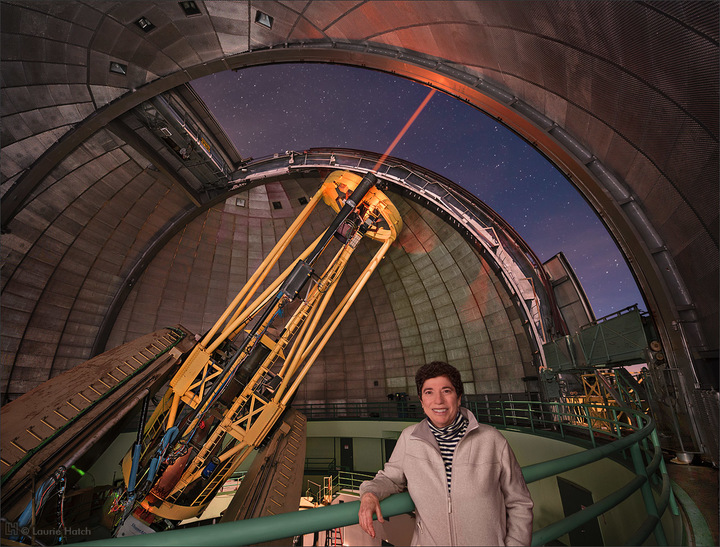Sharper Focus -Part 1- The Why and How of Adaptive Optics

The Atmospheric Lens TMT’s unprecedented ability to peer into the depths of the Universe means it will have a phenomenal impact on many areas of astronomy. But in this age of space-based telescopes, you may have wondered how a ground-based observatory like TMT (or some of the other next-generation large terrestrial telescopes) will get past the challenges of being on the ground instead of up in orbit. One of the major challenges is contending with the way Earth’s atmosphere changes the appearance of light that reaches us from objects in the sky.
Every level of the Earth’s atmosphere has winds that constantly shift, churn, and gust. Even high on a mountaintop, where many ground-based telescopes are already or will be located (including TMT), and the air is relatively thin, those winds are still present, and they interfere with the light we see. In fact, atmospheric winds are one reason why stars twinkle: as the winds toss about, they create small distortions that change moment by moment, and as the light traverses those distortions, it gets slightly distorted too. When ground-based telescopes look at a celestial object, what they see has to come through those small distortions, so ground-based telescopes see the twinkling just as we do. But however charming a twinkling point of light may be to our eyes, as an image for study, it’s slightly blurred or unstable and therefore not ideal. To be able to study an object, we have to be able to see it without distortion.
Source: www.tmt.org/blog/tmt20180411
Leave a Reply